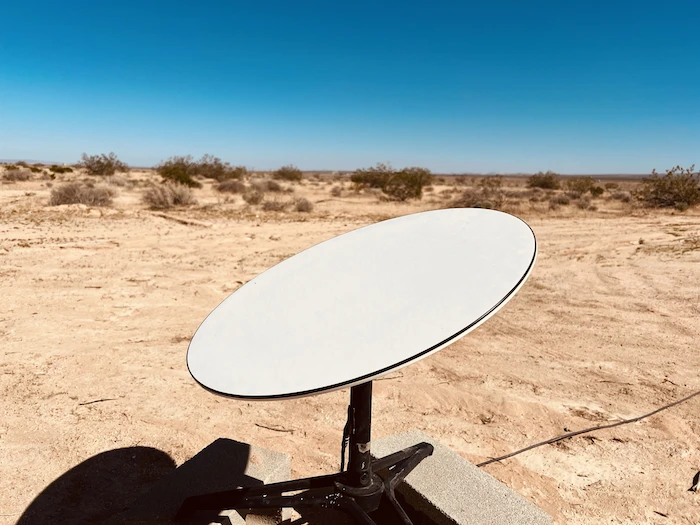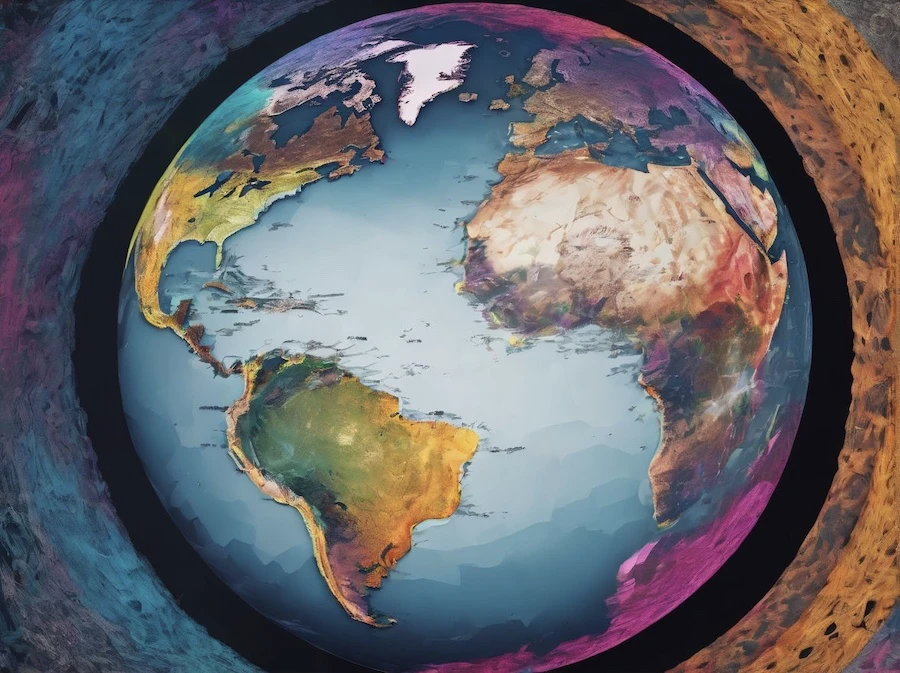September 12, 2023- 3RD OF 3
Navigating the Starlink Outage: What Happened and What It Means for the Future of Internet Connectivity
On 9-12-23, the world witnessed a significant disruption in the realm of satellite-based internet connectivity, as SpaceX's Starlink network experienced an unexpected outage. With millions of users relying on Starlink for high-speed internet access in remote and underserved areas, the outage raised concerns and sparked discussions about the resilience of satellite-based internet services. In this article, we'll delve into the details of the Starlink outage, its potential causes, and the implications it holds for the future of global internet connectivity
The outage, which occurred on 9-12-23, affected Starlink users across various regions, leaving them without internet access for several hours. Users reported disrupted connections, slow speeds, and complete service outages during the incident. SpaceX, the company behind Starlink, acknowledged the issue via Twitter, stating that they were "aware of the connectivity issues" and that their engineering team was working to resolve them promptly.
Possible Causes of the Outage
As with any significant service interruption, there was a flurry of speculation about the root causes of the Starlink outage. While SpaceX did not provide specific details at the time, several factors could potentially have contributed to the disruption:
Technical Glitch: Like any internet service, Starlink's network may encounter technical glitches or software issues. These can lead to temporary outages until engineers can identify and rectify the problem.
Space Debris:
The space surrounding Earth is littered with thousands of satellites and pieces of space debris. Collisions or close encounters with this debris can disrupt satellite-based services temporarily.
Solar Flares and Space Weather:
Solar flares and space weather events can interfere with satellite communication systems. While Starlink satellites are designed to withstand such conditions, extreme space weather events can still pose challenges.
Software Updates:
The rollout of software updates or system upgrades could potentially lead to service disruptions if not executed smoothly.
Increased User Load:
A surge in demand due to new users or increased usage in certain regions could strain Starlink's network, causing slowdowns or temporary outages.
The Road Ahead for Starlink and Satellite Internet Despite the outage, it's important to acknowledge that the concept of satellite-based internet connectivity, exemplified by Starlink, represents a promising solution to bridging the digital divide. Many underserved and remote areas rely on such services to access the internet, making them valuable tools for global connectivity.
To mitigate the risks associated with service outages, satellite internet providers, including Starlink, must continue to invest in research and development to enhance the resilience of their networks. This could involve improved satellite collision avoidance systems, advanced space weather forecasting, and redundancy in satellite constellations.
Furthermore, governments and regulatory bodies may need to establish guidelines and protocols for space traffic management to reduce the risk of satellite collisions and space debris proliferation, which can affect not only satellite internet but also other critical satellite-based services.












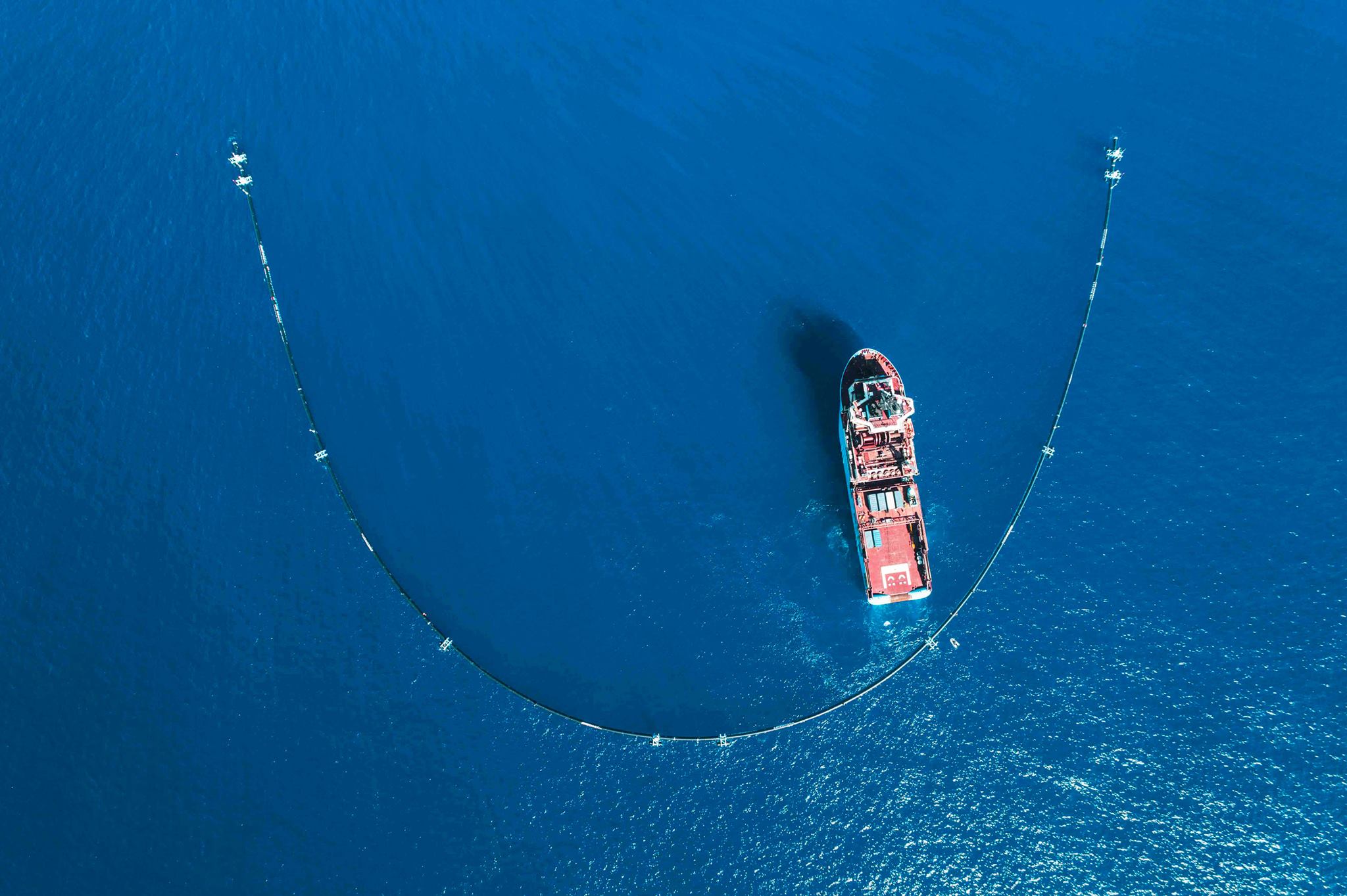




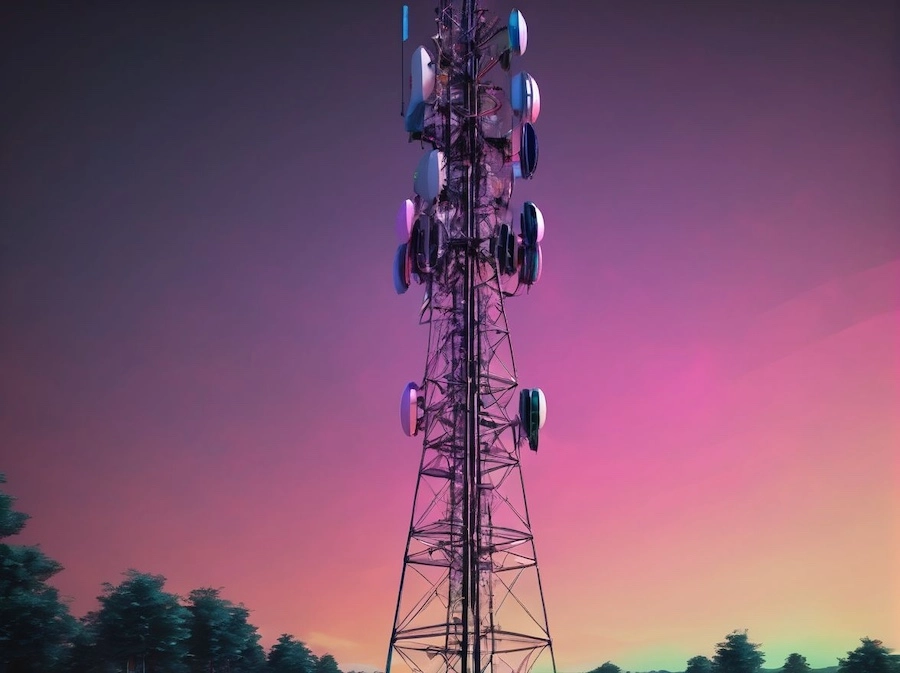


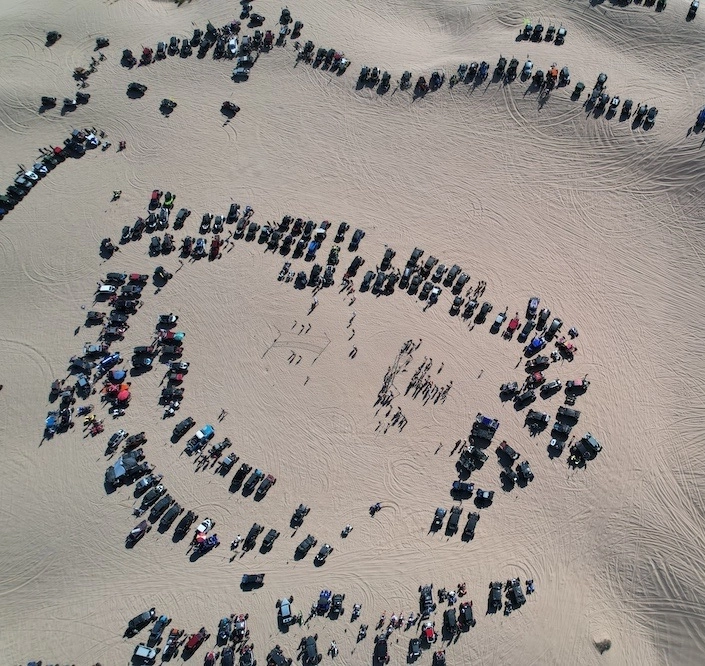






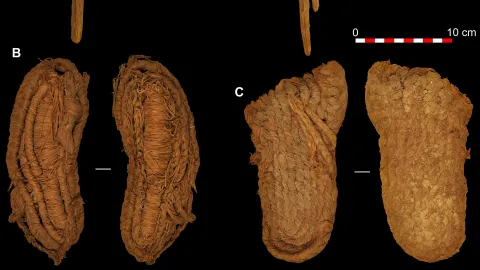




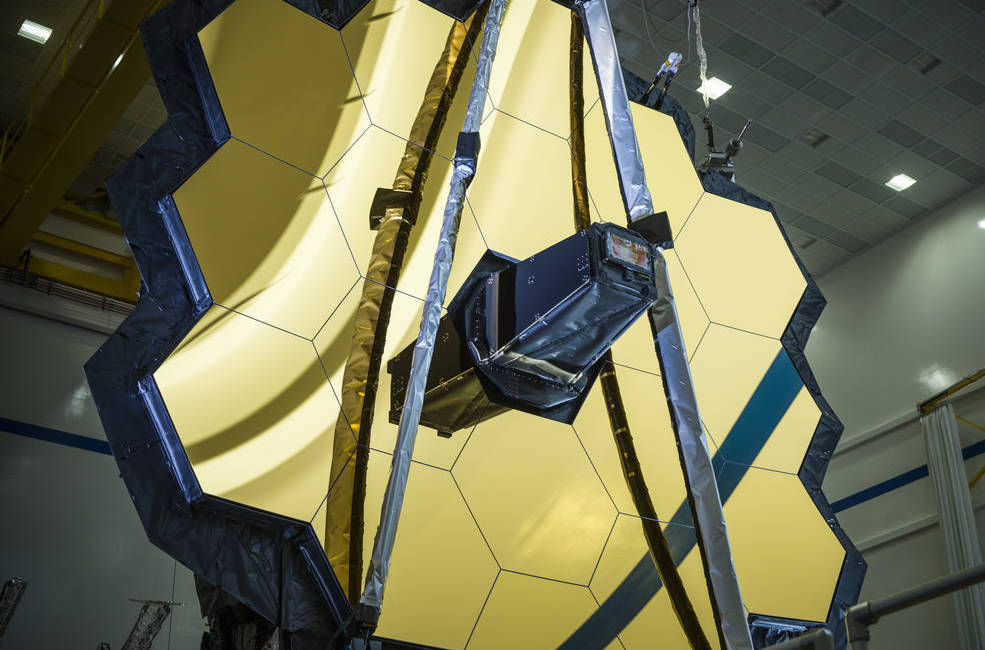






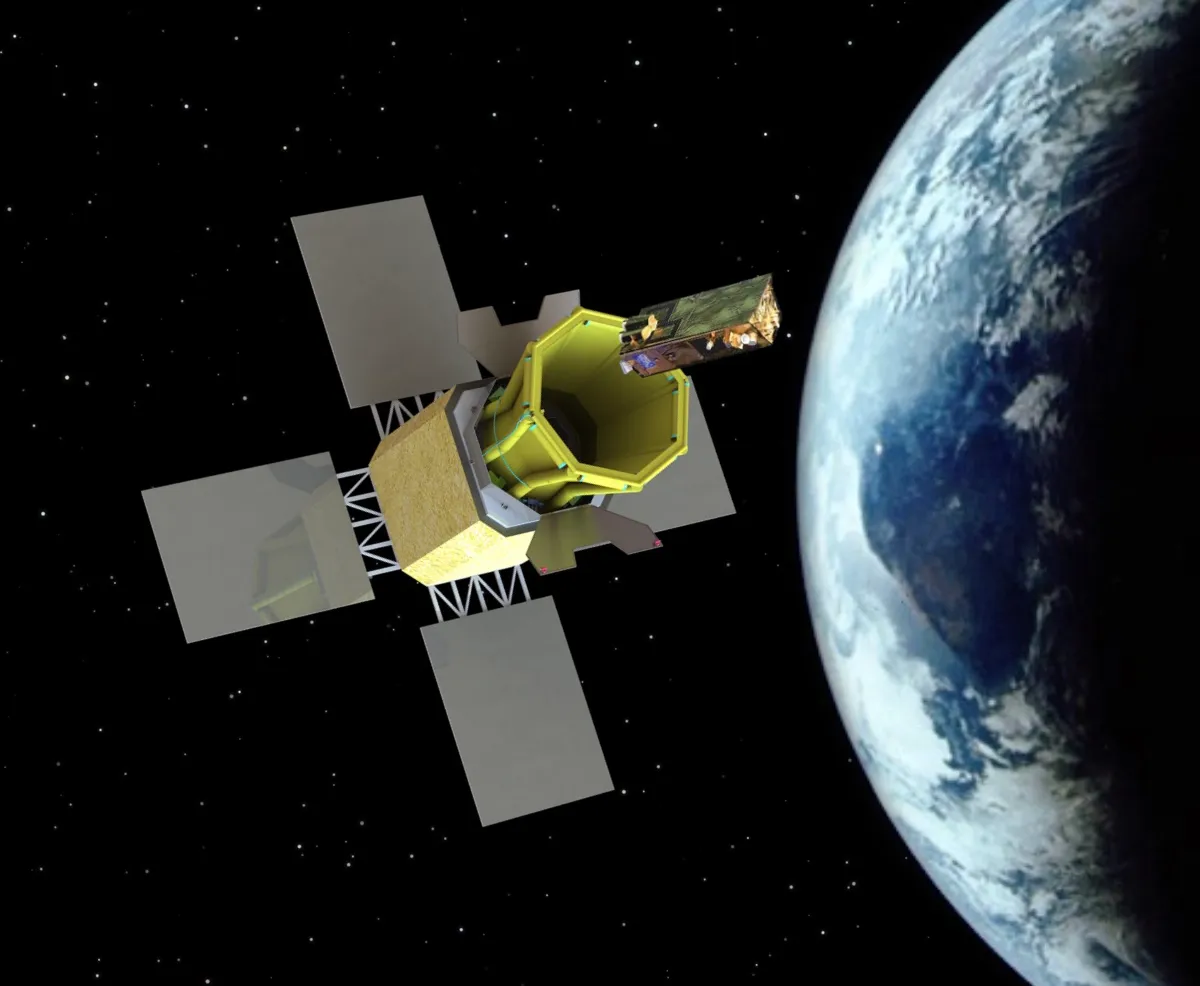


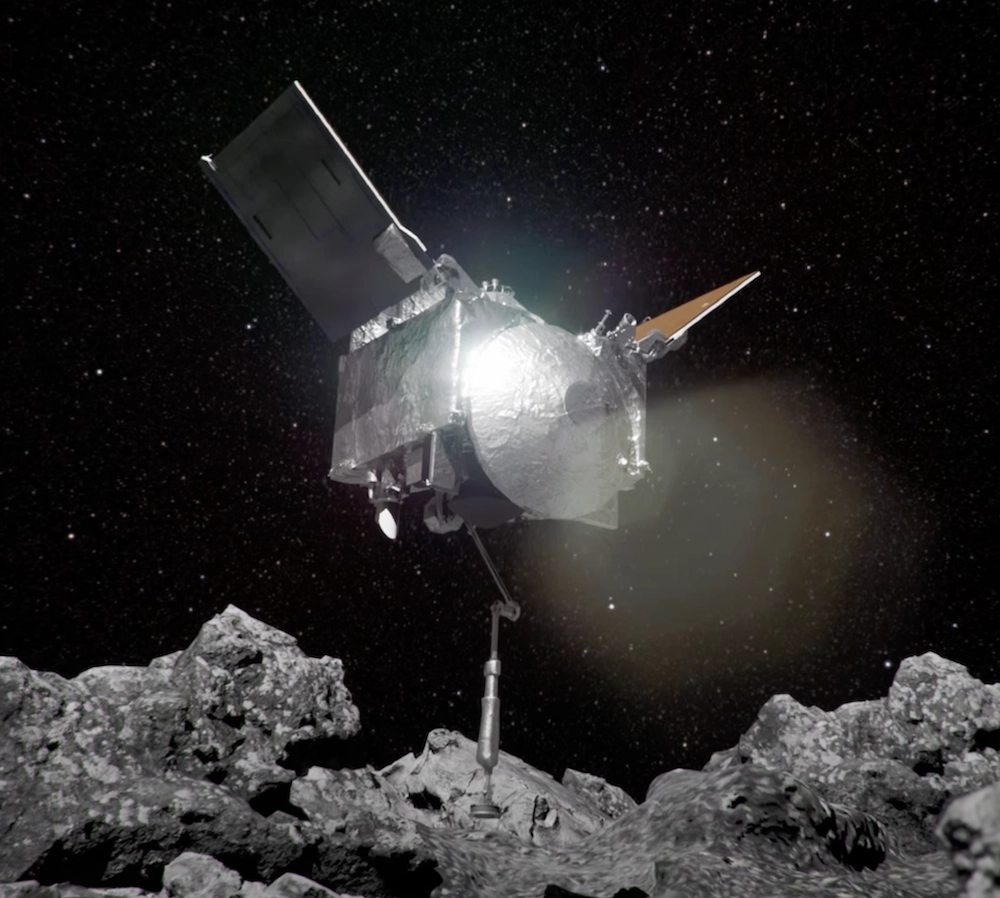

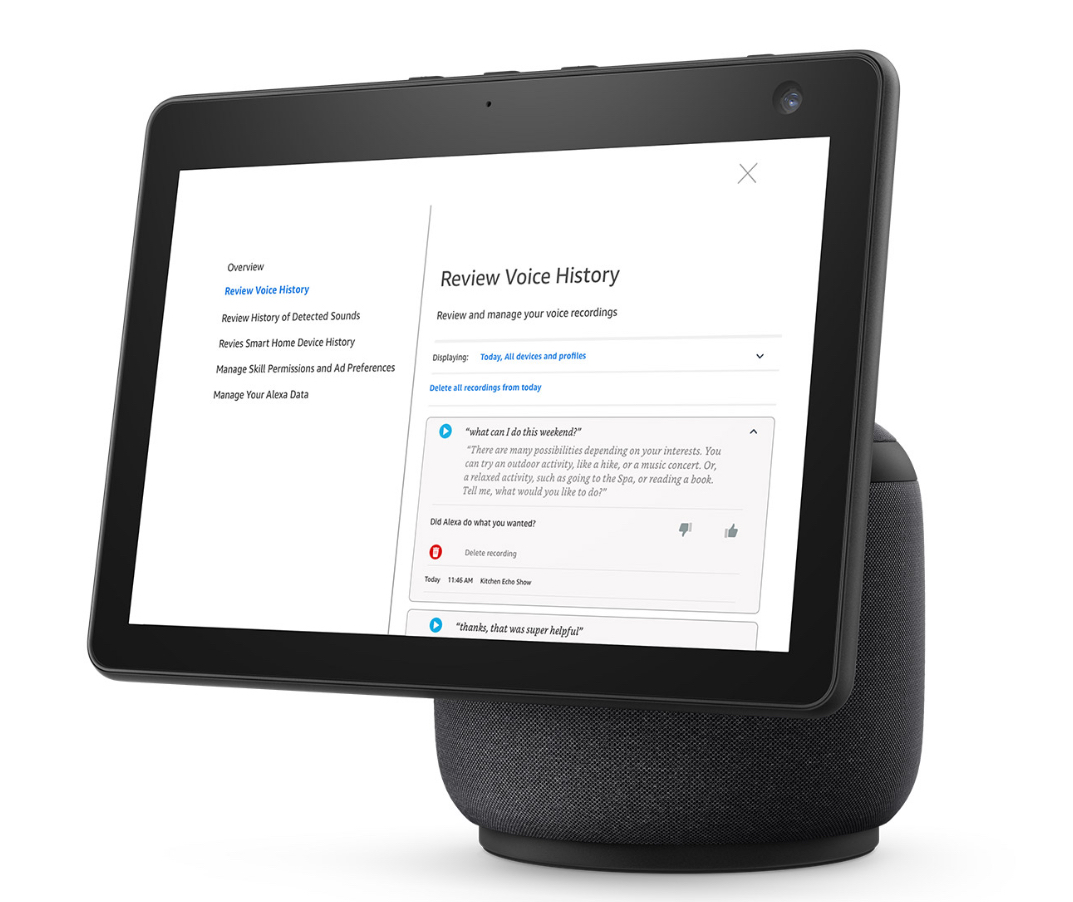



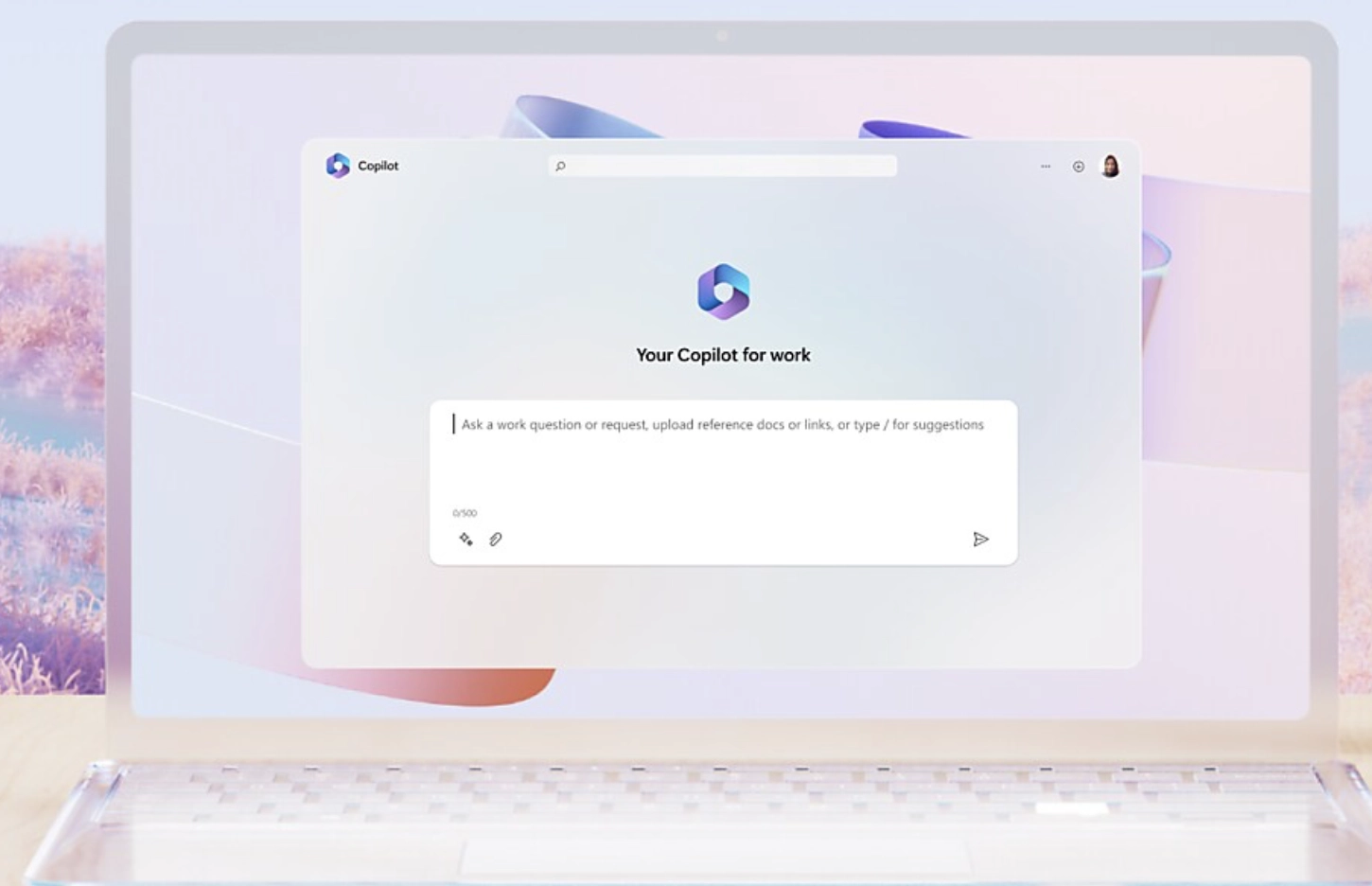

.webp)
.webp)









